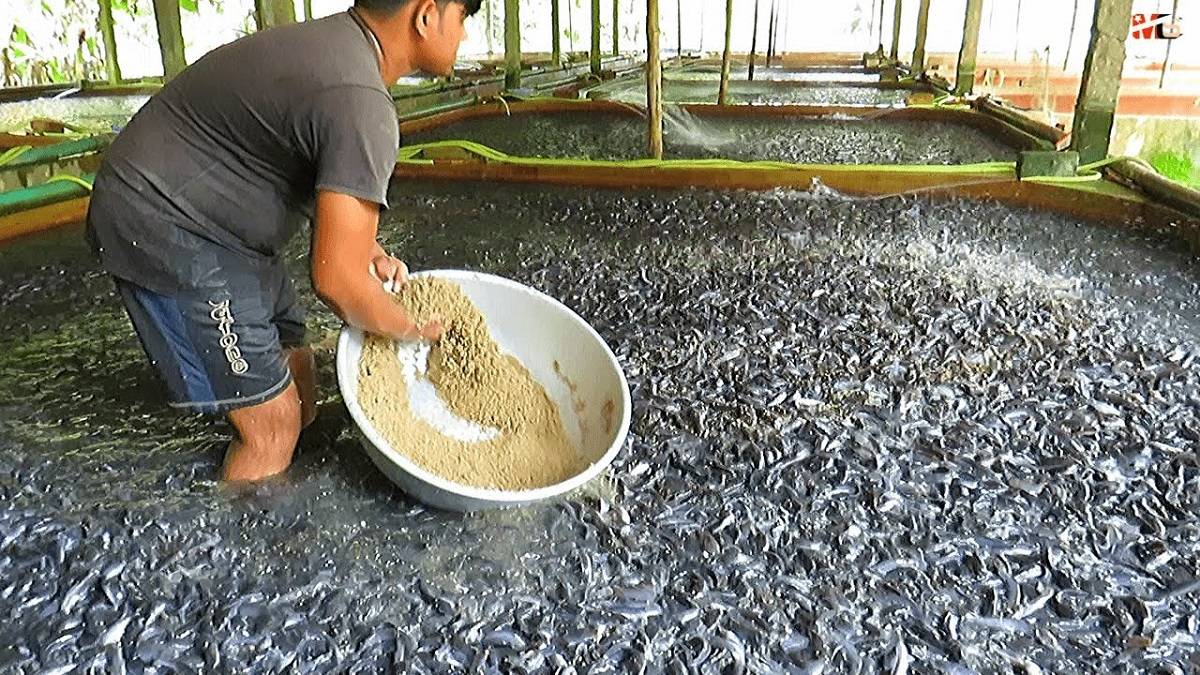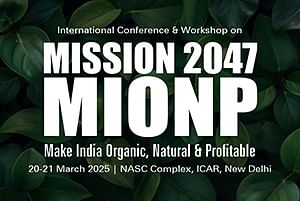
Breeding, growing, and transporting fish for home and commercial use is known as pisciculture or fish farming. Due to their abundance of proteins and other minerals, fish are most healthy and nutritious foods.
Humans have recognized the value of water as a resource since it covers 70% of the earth's surface. Aquaculture is one of the sectors that is widely explored in terms of using water as a resource, especially when it comes to producing food rather than using terrestrial land.
A controlled aquatic habitat, such as an ocean, lake, river, pond, or stream, is used to raise, breed, and harvest aquatic species of both animals and plants. It is used for a variety of things, including food production, the recovery of populations of vulnerable and endangered species, the growth of wild stock populations, the construction of aquariums, fish farming, and habitat restoration. The many forms of aquaculture and their significance are listed below.
Aquaculture Types
There are several forms of aquaculture:
-
Considering Hydrobiological Features
-
Depending on the Farming Goal
-
Utilizing special operational techniques
Each of these divisions engages in a variety of cultural practices. Here, some of them have been covered.
1. Mariculture
Aquaculture that uses saltwater is known as mariculture. It can be carried out either close to an ocean, in an isolated area of the ocean, or in ponds that are not directly connected to the ocean but contain seawater. Molluscs, seafood alternatives including prawns and other shellfish, seaweed, and other creatures are all cultivated here.
Mariculture also includes the cultivation of plants like seaweed. These marine plants and animals have a wide range of applications in the manufacturing sector, including jewelry and cosmetics, where face treatments are made using collagen from seaweed. Pearls are extracted from molluscs and used to create fashion accessories.
2. Fishery farming
The most popular kind of aquaculture is fish farming. Fish are selectively bred, either in freshwater or in saltwater, with the intention of generating a food supply for human use. Fish farming is heavily utilized since it makes it possible to provide a cheap source of protein.
Additionally, compared to other farming methods, fish farming is simpler since fish simply need food and suitable water conditions and temperatures. The method requires less land than growing the same amount of protein from beef cattle since the area of ponds needed to raise some fish species, such as tilapia, is substantially less.
3. Algal farming
Algaculture is a kind of aquaculture that involves growing algae. Microbial creatures called algae exhibit traits of both plants and animals. In addition to having chloroplasts, which give them their green color and enable them to photosynthesize like green plants, they are occasionally motile like other bacteria.
4. Monoculture
Monoculture refers to the practice of raising only one type of fish, shrimp, or prawn in a body of water. For instance, a pond could exclusively be home to tilapia, catfish, and carps. Fish are often cultivated commercially using this technique and an extensive management system. In this case, fish farming depends less on organic food. Fish with high market values are raised by using a well-balanced diet and food. Fish are nonetheless raised in our nation's seasonal ponds utilizing the monoculture approach, even under the widely used management system.
5. Polyculture
Polyculture is the term for the culture technique used when more than one species of fish are raised in a body of water. Fish from various species are stocked in water bodies to make the most use of the natural food sources that are there. The fish that were supplied in this instance often had different eating patterns. A larger yield is produced from polyculture than from monoculture under a regular management method. a multi-species culture that includes paddlefish, tilapia, large-head carp, common carp, etc.
6. Land-Based Fish Farming
Fish are raised on land using land-based methods, typically in artificial ponds or tanks. It is advantageous for this kind of farm to be situated close to cities and towns since it makes it simpler to provide fresh fish to customers. The fact that land-based farms use less water than other kinds of farms is significant considering the situation of the world's water supplies. But there are several disadvantages to this kind of agriculture. Land-based farms have the potential to create a lot of trash, which, if improperly handled, can contaminate rivers. Additionally, runoff from surface or groundwater makes it simple for pests and illnesses to transfer from one farm to another.
Conclusion:
Even if there are several varieties of fish farming, each has its own advantages and disadvantages. Before deciding which method of fish farming is best for you, it is crucial to do a thorough study. Fish farming can be a sustainable method to feed your family fresh, nutritious seafood while also boosting the local economy with appropriate planning.

















